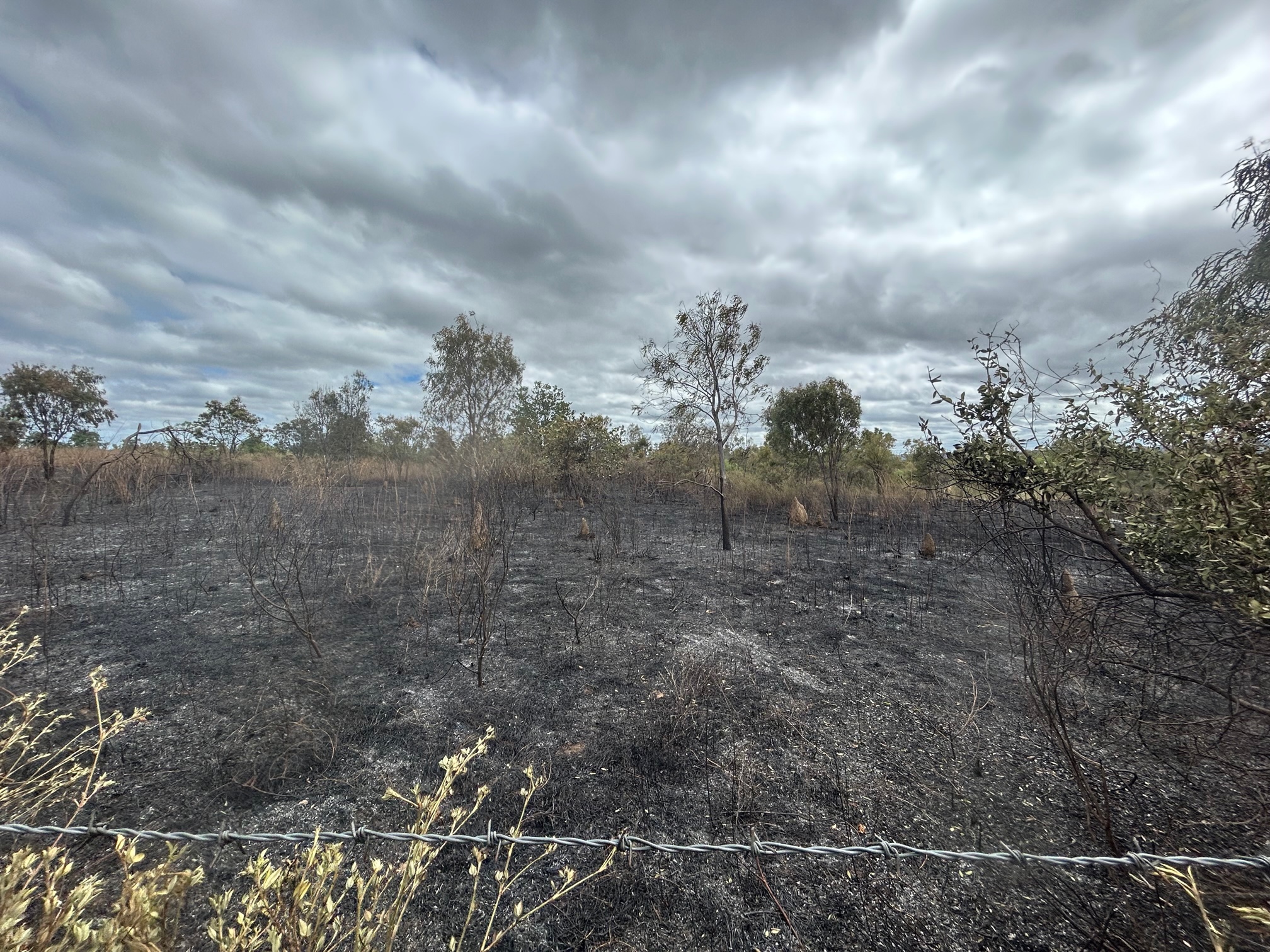Ewamian Rangers manage cultural values of Hot Springs






Aims and overview
Ewamian Rangers are based at Talaroo Station and manage the popular Talaroo Hot Springs. The planned expansion of existing tourist facilities includes the establishment of a multi-use trail for walking and cycling. The trail footprint takes in areas of cultural significance, with scar trees and river frontage, and traverses one of the most degraded areas on the property, resulting from past land management practices.
Ewamian Rangers evaluated the ecological and cultural risks and opportunities associated with the new trail and planned the trail development. The project has provided many benefits, including: education; protecting scar trees and fire-sensitive Hot Springs tea-tree vegetation; managing weeds; reducing damage and erosion from feral pigs; encouraging native vegetation and improving habitat in areas where extensive land clearing has occurred in the past.
Activities and outcomes
The main outcomes from the project have been re-establishing the burn program at Talaroo, which has reduced the risk of wildfire and opened up Country previously inundated with weeds. One of the most critical burns was the removal of old-aged fuels in an area that had an absence of fire for many years, near the fire-sensitive Hot Springs.
Pig habitat created by dense areas of weeds has been greatly reduced, which will contribute to the overall reduction in pig wallows, spread of weeds and competition with native species. Rangers have been working on developing boot brush-down stations for the trail (to reduce weed seed spread) and educational signs for visitors. The signs will explain how Ewamian rangers manage the property as an Indigenous Protected Area (IPA), the process of transition from a grazing property to an IPA, and the importance of weed prevention.
Learnings and next steps
This was the first time Ewamian Rangers had burnt on Country. Learnings during the early season burn program found that in some areas expected to burn well, the fire did not carry far before self-extinguishing. Rangers were able to observe fire behaviour in different ecosystem types and in different understory fuels—native grasses and non-native pasture grasses and weeds. Rangers learnt it is important to plan and implement fire at the right time to utilise resources and budget wisely to gain the best results throughout the property.


